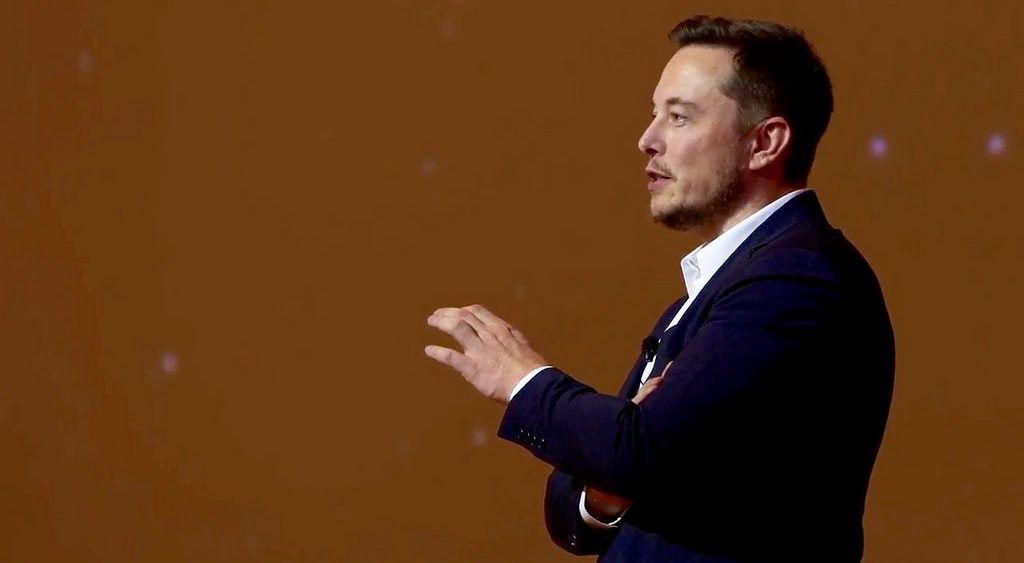
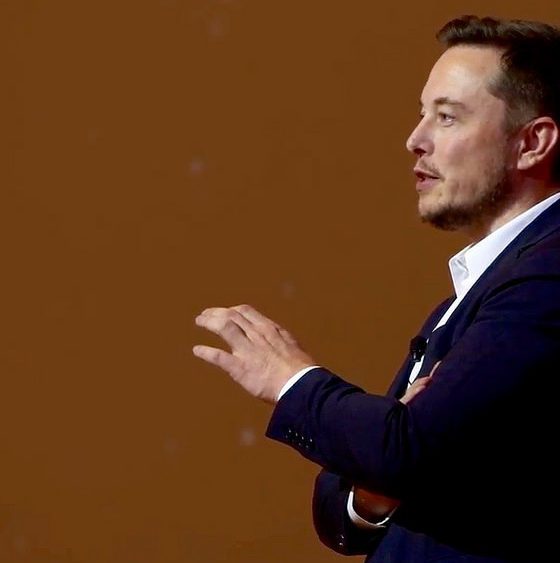
Investor's Corner
Elon Musk’s ‘reckless conduct’ on Twitter highlighted by SEC in fiery rebuttal
The Securities and Exchange Commission (SEC) has issued a fiery response to the points outlined by Elon Musk’s legal team last week, which saw the Tesla CEO take a firm stand against the allegations of the agency. According to the SEC’s response, Musk must be held in contempt because his “reckless actions” on social media have been “stunning.”
Musk’s ‘stunning’ conduct
The SEC filed its rebuttal of Musk’s points on Monday, arguing that Musk has made no diligent or good faith effort to comply with the pre-approval provision of the court’s order. The SEC also pointed out that none of Elon Musk’s tweets since he reached a settlement with the agency last year were screened before they were posted online.
“The pre-approval requirement was designed to protect against reckless conduct by Musk going forward. It is therefore stunning to learn that, at the time of filing of the [contempt] motion, Musk had not sought pre-approval for a single one of the numerous tweets about Tesla he published in the months since the court-ordered pre-approval policy went into effect. Musk reads this Court’s order as not requiring pre-approval unless Musk himself unilaterally decides his planned tweets are material. His interpretation is inconsistent with the plain terms of this Court’s order and renders its pre-approval requirement meaningless” the agency wrote.
Material Information
The agency also argues that Musk’s February 19 tweet, where he noted that Tesla would produce around 500,000 vehicles in 2019, was material information to Tesla and its shareholders. The agency added that the frequency of Tesla’s references to its production forecast in its public statements is proof that such statements are material for the company.
“Musk’s recognition of the significance of Tesla’s vehicle production forecasts to investors is evidenced by the frequency with which he and Tesla highlight such forecasts in their public statements. For years and continuing through the company’s most recent earnings release, Tesla and Musk have prominently featured vehicle production forecasts in their public communications, including Tesla’s investor letters, Musk’s tweets, and the company’s filings with the SEC. While some companies emphasize forward-looking guidance on financial metrics such as revenue and earnings per share, Tesla often highlights guidance regarding expected production rates and deliveries. Given this focus on Tesla’s production capabilities, Musk cannot credibly argue that his statement, as Tesla’s CEO, that the company ‘will make around 500k’ cars in 2019 could not have reasonably contained information material to Tesla and its investors,” the SEC argued.
Disclosures
The SEC further argued that Musk’s tweet was different from the previous public disclosures. Tesla’s Q4 2018 and Full Year Update Letter noted that the company is expecting to deliver 360,000 to 400,000 vehicles in 2019, though Musk later pointed out in the earnings call that Tesla is aiming to produce around “maybe in the order of 350,000 to 500,000 Model 3s” this 2019. The SEC does not recognize Musk’s statement in the earnings call.
“Disputing the logical conclusion that new information about a critical company metric reasonably could be material to Tesla’s shareholders, Musk claims that the 7:15 tweet ‘simply was not ‘news.’’ It is frankly difficult to follow Musk’s tortured analysis, which attempts to cobble together information from various public statements by Tesla in January 2019 to arrive at the post hoc conclusion that his 7:15 tweet was ‘within previously disclosed ranges.’ Regardless, Musk’s arguments do not change the fact that, before the 7:15 tweet, Tesla had never disclosed that it planned to make around 500,000 cars in 2019. Therefore, Musk was required to obtain pre-approval before he published this statement.
“Prior to the 7:15 tweet, Tesla had not publicly disclosed any forecast of the total number of vehicles it expected to produce in 2019. This should end the Court’s inquiry as to whether Musk’s failure to seek pre-approval constituted a violation of the Court’s order. In the absence of an affirmative forecast on this important topic, Musk’s tweet contained new information that could reasonably have been material to Tesla and its shareholders.
“Tesla had, however, previously provided a clear forecast of total vehicle deliveries in 2019. Specifically, Tesla’s January 30, 2019 Fourth Quarter & Full Year Update (‘Update Letter’) stated, “In total, we are expecting to deliver 360,000 to 400,000 vehicles in 2019 . . . .” Tesla included the same delivery forecast in the pre-approved talking points for its January 30 earnings call. Evidently at a loss as to how to explain the material difference between the company’s repeated deliveries guidance and his 7:15 tweet, Musk’s brief does not even mention the deliveries guidance.
“Instead, Musk argues that his tweet could not reasonably have been material because Tesla previously stated that it was ‘targeting’ an annualized production rate in excess of 500,000 Model 3 vehicles sometime between Q4 of 2019 and Q2 of 2020. This guidance was also given in Tesla’s 2018 Form 10-K and during Tesla’s January 30 earnings call. But this was a qualified forecast (‘targeting’) of Tesla’s expected achievement of a production run rate (not of aggregate production) for a particular vehicle line at some future point in time (somewhere between late 2019 and the middle of 2020). On its face, the 7:15 tweet—which stated that Tesla will make around 500,000 cars in 2019—was materially different from Tesla’s production rate forecasts for Model 3.”
The skirmish continues
The release of the SEC’s response to Elon Musk’s stance would likely cause more volatility for Tesla and the performance of its stock (NASDAQ:TSLA). The agency and the CEO have clashed a number of times over the past year, and Tesla shareholders have been, for the most part, adversely affected. With the SEC’s response showing that the battle between Musk and the agency will likely continue, Tesla shareholders and those that follow the company closely would best be prepared for more ripples along the way.
A decision on the SEC’s request to hold Elon Musk in contempt of court for his February 19 tweet will be decided by the US District Court for Southern New York, the same office which which the CEO and the agency’s settlement last October.
The SEC’s rebuttal of Elon Musk’s arguments could be accessed here.

Investor's Corner
Tesla stock closes at all-time high on heels of Robotaxi progress
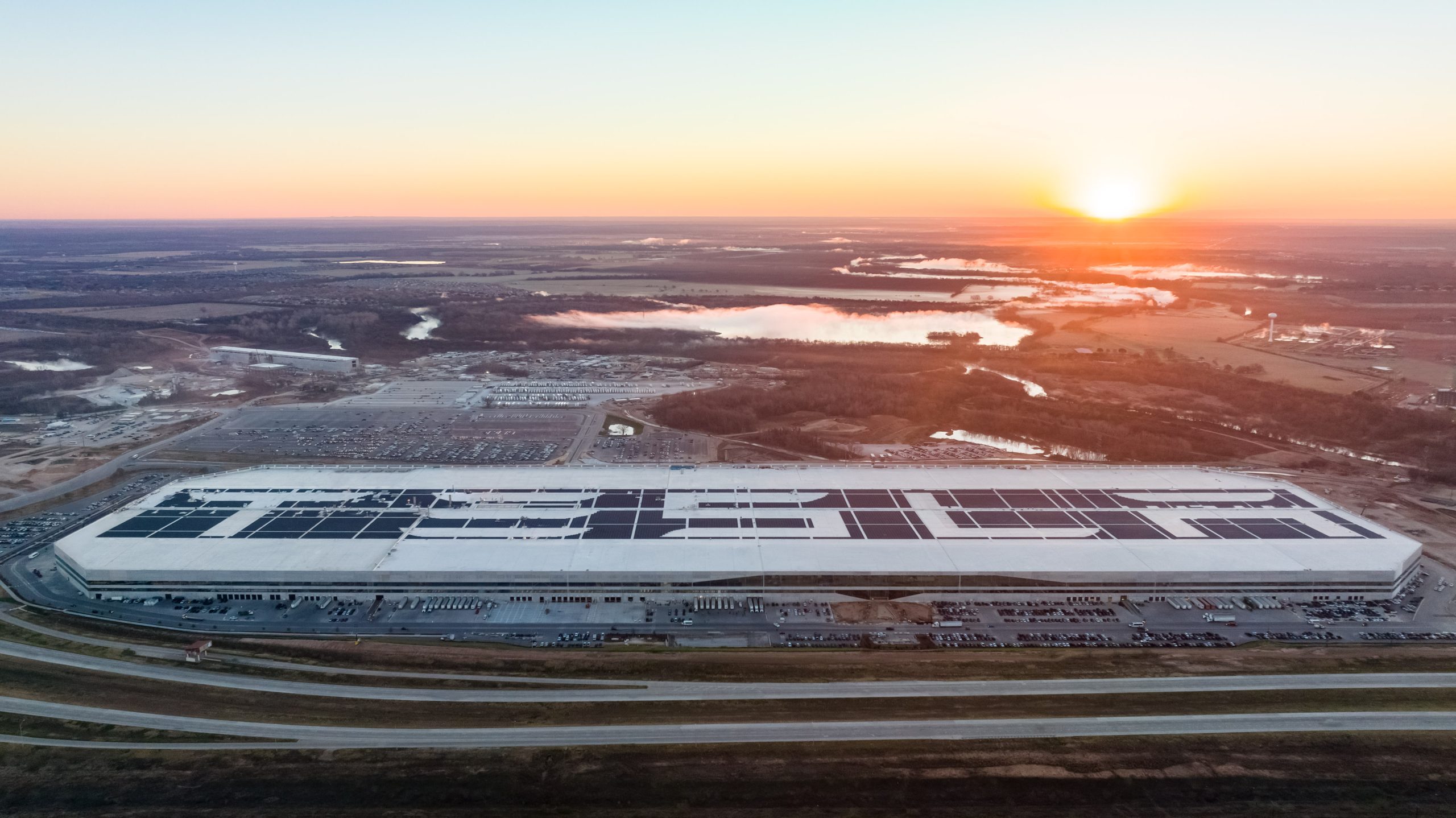
Tesla stock (NASDAQ: TSLA) closed at an all-time high on Tuesday, jumping over 3 percent during the day and finishing at $489.88.
The price beats the previous record close, which was $479.86.
Shares have had a crazy year, dipping more than 40 percent from the start of the year. The stock then started to recover once again around late April, when its price started to climb back up from the low $200 level.
This week, Tesla started to climb toward its highest levels ever, as it was revealed on Sunday that the company was testing driverless Robotaxis in Austin. The spike in value pushed the company’s valuation to $1.63 trillion.
Tesla Robotaxi goes driverless as Musk confirms Safety Monitor removal testing
It is the seventh-most valuable company on the market currently, trailing Nvidia, Apple, Alphabet (Google), Microsoft, Amazon, and Meta.
Shares closed up $14.57 today, up over 3 percent.
The stock has gone through a lot this year, as previously mentioned. Shares tumbled in Q1 due to CEO Elon Musk’s involvement with the Department of Government Efficiency (DOGE), which pulled his attention away from his companies and left a major overhang on their valuations.
However, things started to rebound halfway through the year, and as the government started to phase out the $7,500 tax credit, demand spiked as consumers tried to take advantage of it.
Q3 deliveries were the highest in company history, and Tesla responded to the loss of the tax credit with the launch of the Model 3 and Model Y Standard.
Additionally, analysts have announced high expectations this week for the company on Wall Street as Robotaxi continues to be the focus. With autonomy within Tesla’s sights, things are moving in the direction of Robotaxi being a major catalyst for growth on the Street in the coming year.
Elon Musk
Tesla needs to come through on this one Robotaxi metric, analyst says
“We think the key focus from here will be how fast Tesla can scale driverless operations (including if Tesla’s approach to software/hardware allows it to scale significantly faster than competitors, as the company has argued), and on profitability.”
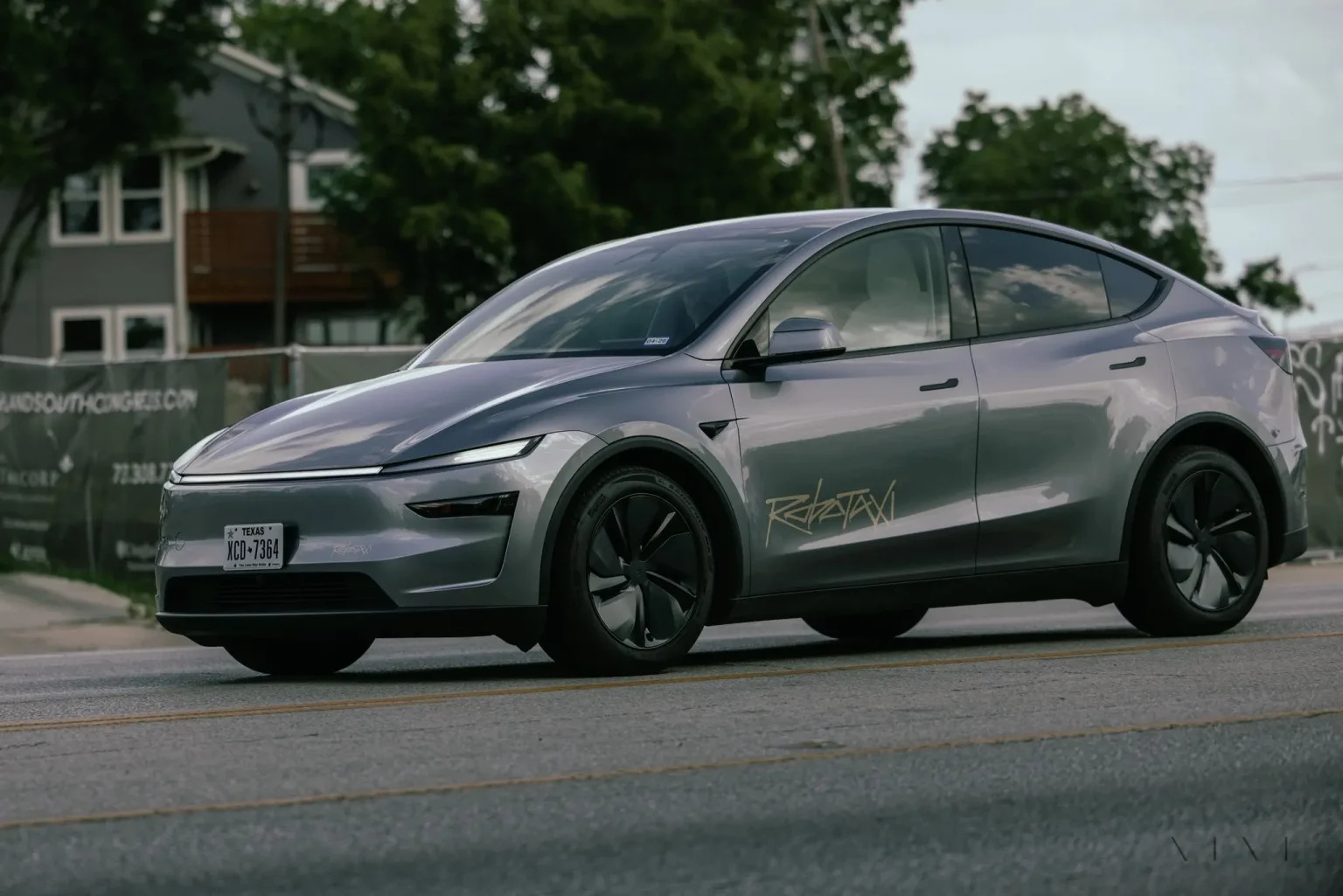
Tesla needs to come through on this one Robotaxi metric, Mark Delaney of Goldman Sachs says.
Tesla is in the process of rolling out its Robotaxi platform to areas outside of Austin and the California Bay Area. It has plans to launch in five additional cities, including Houston, Dallas, Miami, Las Vegas, and Phoenix.
However, the company’s expansion is not what the focus needs to be, according to Delaney. It’s the speed of deployment.
The analyst said:
“We think the key focus from here will be how fast Tesla can scale driverless operations (including if Tesla’s approach to software/hardware allows it to scale significantly faster than competitors, as the company has argued), and on profitability.”
Profitability will come as the Robotaxi fleet expands. Making that money will be dependent on when Tesla can initiate rides in more areas, giving more customers access to the program.
There are some additional things that the company needs to make happen ahead of the major Robotaxi expansion, one of those things is launching driverless rides in Austin, the first city in which it launched the program.
This week, Tesla started testing driverless Robotaxi rides in Austin, as two different Model Y units were spotted with no occupants, a huge step in the company’s plans for the ride-sharing platform.
Tesla Robotaxi goes driverless as Musk confirms Safety Monitor removal testing
CEO Elon Musk has been hoping to remove Safety Monitors from Robotaxis in Austin for several months, first mentioning the plan to have them out by the end of 2025 in September. He confirmed on Sunday that Tesla had officially removed vehicle occupants and started testing truly unsupervised rides.
Although Safety Monitors in Austin have been sitting in the passenger’s seat, they have still had the ability to override things in case of an emergency. After all, the ultimate goal was safety and avoiding any accidents or injuries.
Goldman Sachs reiterated its ‘Neutral’ rating and its $400 price target. Delaney said, “Tesla is making progress with its autonomous technology,” and recent developments make it evident that this is true.
Investor's Corner
Tesla gets bold Robotaxi prediction from Wall Street firm
Last week, Andrew Percoco took over Tesla analysis for Morgan Stanley from Adam Jonas, who covered the stock for years. Percoco seems to be less optimistic and bullish on Tesla shares, while still being fair and balanced in his analysis.
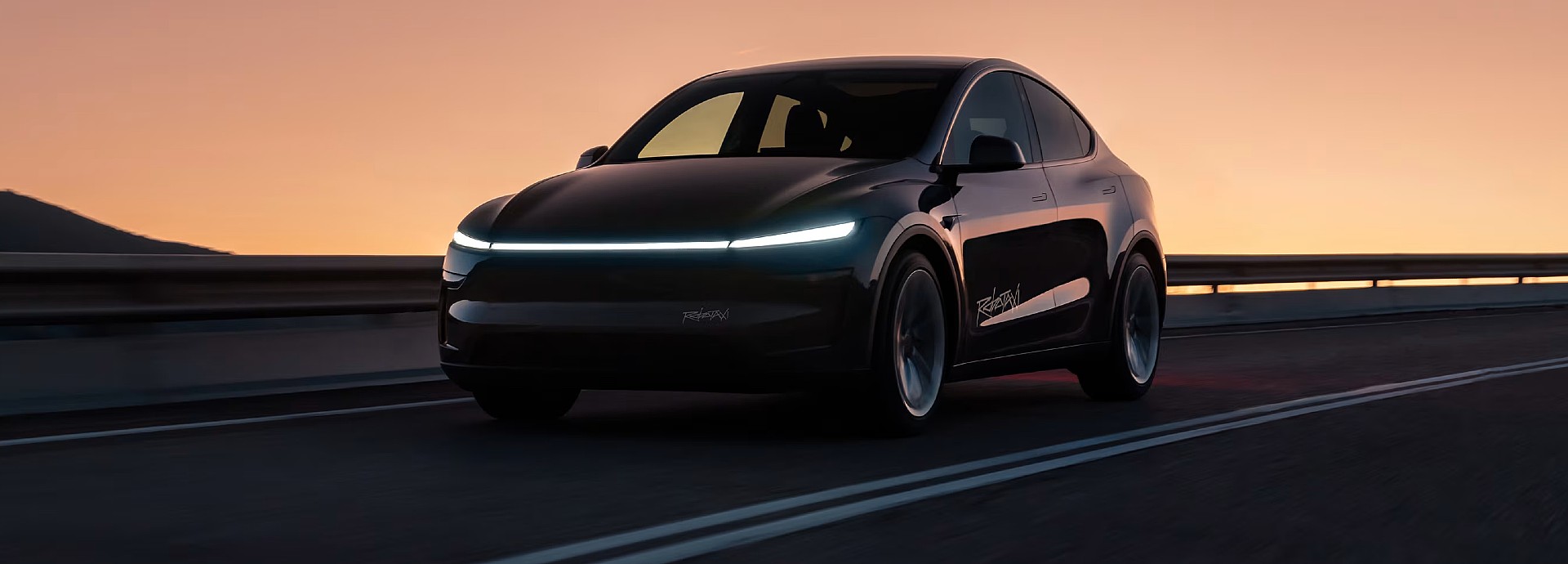
Tesla (NASDAQ: TSLA) received a bold Robotaxi prediction from Morgan Stanley, which anticipates a dramatic increase in the size of the company’s autonomous ride-hailing suite in the coming years.
Last week, Andrew Percoco took over Tesla analysis for Morgan Stanley from Adam Jonas, who covered the stock for years. Percoco seems to be less optimistic and bullish on Tesla shares, while still being fair and balanced in his analysis.
Percoco dug into the Robotaxi fleet and its expansion in the coming years in his latest note, released on Tuesday. The firm expects Tesla to increase the Robotaxi fleet size to 1,000 vehicles in 2026. However, that’s small-scale compared to what they expect from Tesla in a decade.
Tesla expands Robotaxi app access once again, this time on a global scale
By 2035, Morgan Stanley believes there will be one million Robotaxis on the road across multiple cities, a major jump and a considerable fleet size. We assume this means the fleet of vehicles Tesla will operate internally, and not including passenger-owned vehicles that could be added through software updates.
He also listed three specific catalysts that investors should pay attention to, as these will represent the company being on track to achieve its Robotaxi dreams:
- Opening Robotaxi to the public without a Safety Monitor. Timing is unclear, but it appears that Tesla is getting closer by the day.
- Improvement in safety metrics without the Safety Monitor. Tesla’s ability to improve its safety metrics as it scales miles driven without the Safety Monitor is imperative as it looks to scale in new states and cities in 2026.
- Cybercab start of production, targeted for April 2026. Tesla’s Cybercab is a purpose-built vehicle (no steering wheel or pedals, only two seats) that is expected to be produced through its state-of-the-art unboxed manufacturing process, offering further cost reductions and thus accelerating adoption over time.
Robotaxi stands to be one of Tesla’s most significant revenue contributors, especially as the company plans to continue expanding its ride-hailing service across the world in the coming years.
Its current deployment strategy is controlled and conservative to avoid any drastic and potentially program-ruining incidents.
So far, the program, which is active in Austin and the California Bay Area, has been widely successful.








